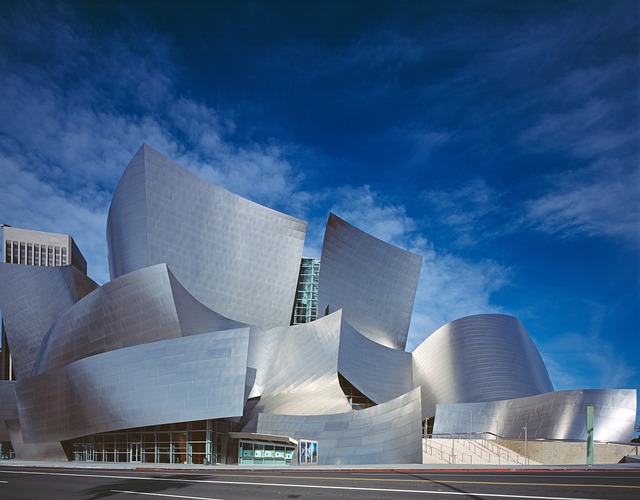
Exploring the Timeless Influence of Iconic Graphic Design in Fine Arts and Culture
As we traverse the vibrant landscape of visual communication, we often find ourselves captivated by the essence of iconic design. This phenomenon is not merely a product of aesthetics; it embodies a cultural language that speaks volumes across mediums—from the canvas of fine arts to the bustling streets of urban environments. The thrilling interplay between graphic design and fine arts has been a catalyst for creative expression, allowing artists to challenge conventions and push the boundaries of culture.
Graphic design, at its core, is about crafting visual narratives that resonate with audiences. Iconic design takes this further, transcending its functional role to become a cultural artifact. In the realm of fine arts, artists like Andy Warhol and Piet Mondrian seamlessly blended the worlds of graphics and traditional art forms. Warhol’s bold use of color and repetition in works like the Campbell’s Soup Cans not only redefined the art scene but also cemented his legacy in the annals of iconic design. His artwork has influenced countless designers, showcasing how powerful visuals can shift societal perceptions and enhance cultural dialogues.
In contemporary culture, the influence of iconic design continues to flourish, evident in everything from advertising to street art. Designers draw inspiration from historical art movements, reinterpreting them in modern contexts. This cyclical relationship enriches both fields, as witnessing designs rooted in rich fine arts tradition can evoke nostalgia while simultaneously challenging us to see the world anew. For instance, the minimalism of Scandinavian design has its echoes in the clarity of Japanese aesthetics, each informing the other and paving the way for innovative expressions in art and culture.
The vibrancy of culture heavily relies on visual representation, wherein iconic design acts as a bridge connecting people from varied backgrounds. Graphic designers, much like fine artists, possess the power to convey messages that transcend linguistic boundaries. Their creations can evoke emotions, spark conversations, and ultimately unite societies. The iconic designs we cherish today are the distilled essence of collective experiences and histories, preserving them for future generations to explore and reinterpret.
Moreover, the rise of digital media has redefined how we engage with graphic design, unveiling new avenues for artists to explore. Platforms like social media and digital galleries have democratized the art world, allowing emerging talents from diverse cultures to showcase their work. This amplifies the influence of iconic design, making it more accessible and relatable to audiences worldwide. Through digital art, the fusion of graphics and fine arts gives voice to contemporary sociopolitical issues, challenging norms and igniting movements that embody our cultural zeitgeist.
As we immerse ourselves in this exploration of iconic design, let us celebrate the narratives intertwined with our culture. The capacity of design to elicit thought and evoke passion is a testament to its enduring significance. It invites us to look beyond mere visuals and to discern the stories behind them—stories that resonate with our shared humanity.



